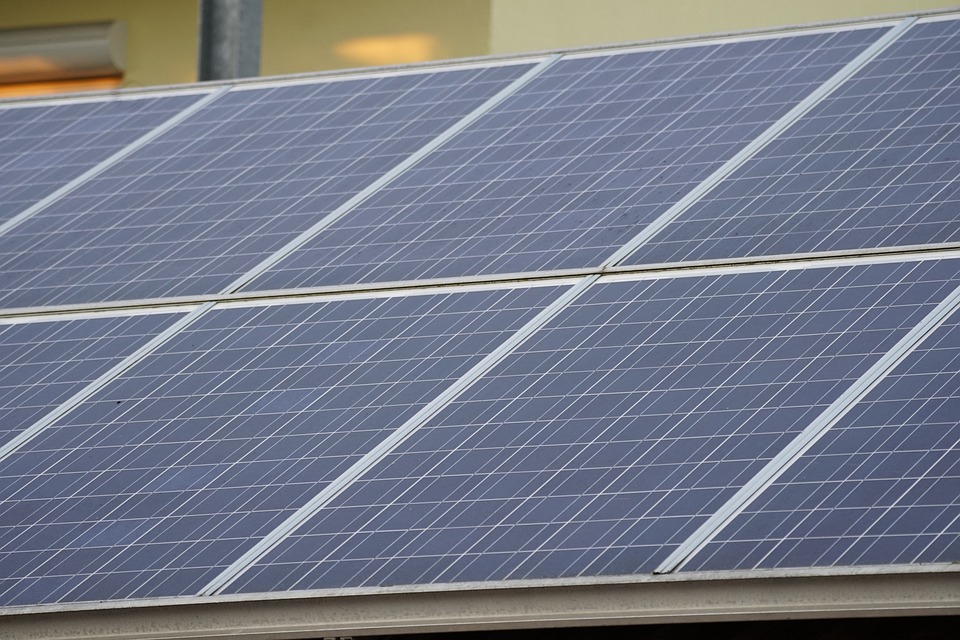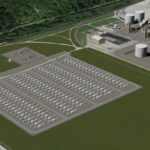Optimizing Energy Use: Power Engineering Strategies for Industrial and Commercial Settings
Introduction
Energy efficiency has become a top priority for industrial and commercial settings, as it not only helps reduce energy consumption but also decreases operational costs and minimizes environmental impact. With the increasing focus on sustainability, companies are looking for ways to optimize their energy use and reduce their carbon footprint. This article will explore the various power engineering strategies that can be implemented to achieve this goal.
Understanding Energy Consumption
Energy Audits
Before implementing any energy-saving measures, it is essential to conduct an energy audit to understand the energy consumption patterns of your facility. An energy audit involves analyzing the energy usage of various systems, equipment, and processes to identify areas of inefficiency and opportunities for improvement. This audit should be conducted by a professional with expertise in energy auditing and should include the following steps:
* Collecting energy usage data from various sources, including meters and utility bills
* Conducting a walk-through of the facility to identify areas of inefficiency
* Analyzing energy usage patterns and identifying areas of waste
* Developing a comprehensive report outlining the findings and recommendations for improvement
Energy Monitoring
Energy monitoring is an ongoing process that involves tracking and analyzing energy usage in real-time. This can be done using advanced metering infrastructure (AMI) systems, which provide detailed information on energy usage patterns and help identify areas of inefficiency. Energy monitoring can also help identify potential issues before they become major problems, reducing the risk of equipment failure and downtime.
Optimizing Energy Use
Energy-Efficient Lighting
One of the simplest and most effective ways to optimize energy use is to switch to energy-efficient lighting. This can include installing LED lights, which use significantly less energy than traditional incandescent bulbs and last much longer. Additionally, many facilities can benefit from daylight harvesting, which involves using natural light during the day to reduce the need for artificial lighting.
Motor Efficiency
Motors are a significant source of energy consumption in industrial and commercial settings. By installing energy-efficient motors, facilities can reduce energy consumption and lower operating costs. This can be achieved through the use of premium-efficiency motors, which have higher efficiency ratings than standard motors.
Building Management Systems (BMS)
Building management systems (BMS) are advanced systems that allow facilities to monitor and control various building systems, including lighting, heating, ventilation, and air conditioning (HVAC). BMS can help optimize energy use by automatically adjusting system settings based on occupancy, temperature, and other factors.
Renewable Energy Systems
Renewable energy systems, such as solar and wind power, can help facilities reduce their reliance on fossil fuels and lower their carbon footprint. These systems can be installed on-site or off-site, and can provide a significant portion of a facility’s energy needs.
Power Engineering Strategies
Energy Storage Systems
Energy storage systems, such as batteries, can help facilities optimize energy use by storing excess energy generated by renewable sources and releasing it when needed. This can help reduce peak demand and lower energy costs.
Smart Grids
Smart grids are advanced electrical grids that use advanced technologies, such as sensors and automation, to manage energy distribution and consumption. Smart grids can help facilities optimize energy use by providing real-time data on energy usage and enabling advanced energy management strategies.
Energy-Efficient Design
Energy-efficient design involves designing buildings and systems to minimize energy consumption and maximize energy efficiency. This can include using natural light and ventilation, designing energy-efficient HVAC systems, and selecting energy-efficient equipment and appliances.
Conclusion
Optimizing energy use is a critical step towards reducing energy consumption and lowering operational costs in industrial and commercial settings. By understanding energy consumption, optimizing energy use, and implementing power engineering strategies, facilities can reduce their carbon footprint and achieve sustainability goals.





.png?w=150&resize=150,150&ssl=1)

.png?w=150&resize=150,150&ssl=1)